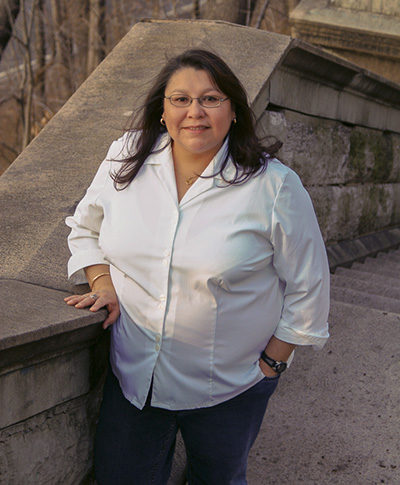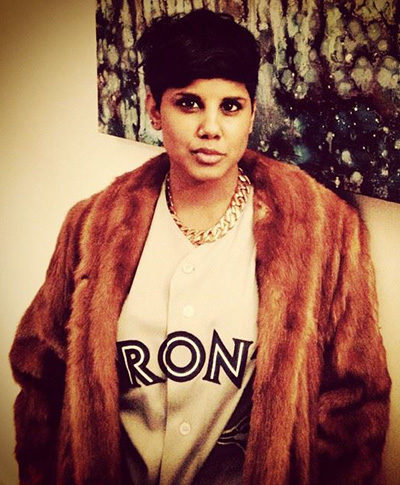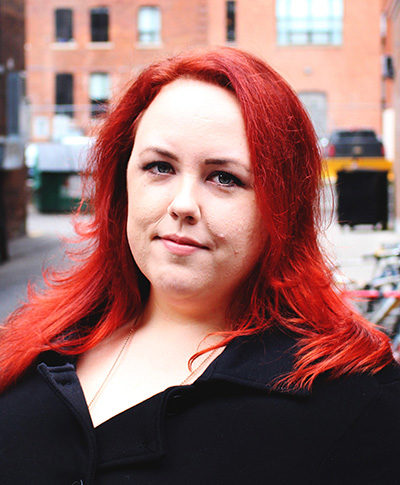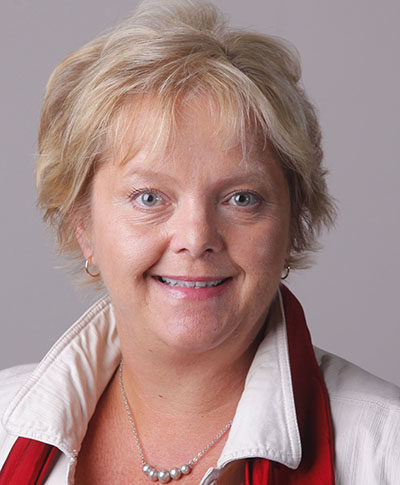A student at the Ryerson School of Journalism, which I chair, asked me recently whether I think the school is doing enough to help young journalists understand diverse communities and how to cover them.
My answer: we’re working on it.
It’s important that we do. Journalists exist to explain the world to the world—a world of almost infinite variety. If journalists approach their task with an expectation that people are or should be alike, there’s no chance of the job being done well.
This makes understanding and covering diversity a core skill for journalists, at least in countries like Canada. Figuring out how to teach this and other core journalistic skills, however, is complicated.
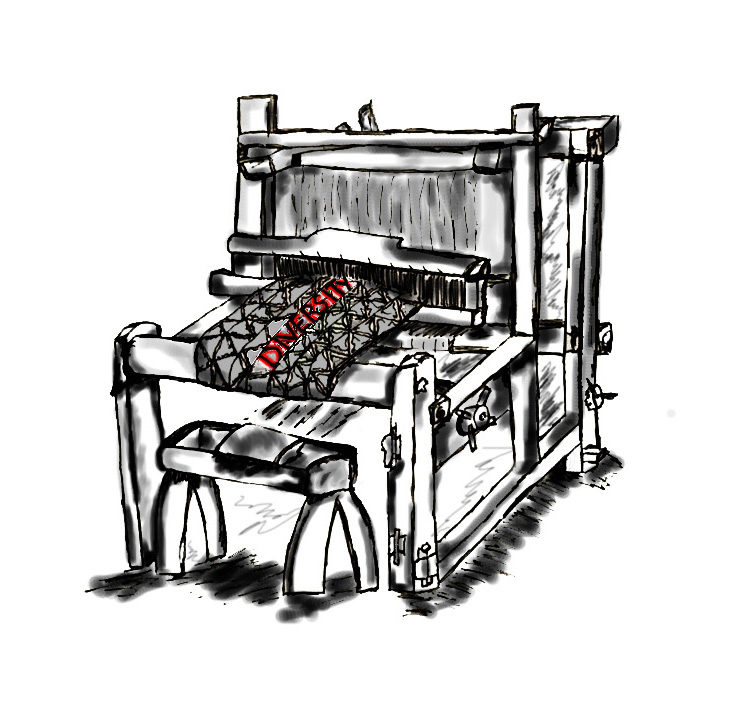 Until fairly recently, Ryerson’s undergraduate journalism program was heavily “streamed,” and students’ paths consisted mostly of required courses. We were proud to announce in 1997 that all students would take a course in covering diversity. Ironically, by the time that course won a Canada Race Relations Foundation award in 2003, our ideas about teaching had changed. This and several other course requirements were eliminated over the following years, amid some controversy.
Until fairly recently, Ryerson’s undergraduate journalism program was heavily “streamed,” and students’ paths consisted mostly of required courses. We were proud to announce in 1997 that all students would take a course in covering diversity. Ironically, by the time that course won a Canada Race Relations Foundation award in 2003, our ideas about teaching had changed. This and several other course requirements were eliminated over the following years, amid some controversy.
We now think that instead of putting a vital area of training into a single-course silo, it should be woven through the curriculum, introduced in the first weeks of study and reinforced until graduation. Even Ryerson’s required ethics and law course will soon disappear: rather than siphoning free expression, human rights and libel into 12 classes in a single semester, we want these topics to take their rightful place alongside vital practical skills such as interviewing, writing, multimedia production and, yes, covering diversity.
Understood this way, Ryerson students should learn to cover diversity by, well, covering diversity—by reporting stories on the streets of one of the world’s most diverse cities. By getting feedback and evaluation on the quality of their work, and by participating in candid discussions about the issues encountered, they learn to be better observers, interpreters and citizens.
In recent months, upper-level undergraduates have written or produced stories on how micro-aggressions hurt, on the dearth of women cartoonists, on personal support workers’ interactions with people with disabilities, on an Indigenous student’s anxiety over her lighter skin tone, on sex-worker peer groups and Queer axe-throwers and Arabic calligraphers in Canada. A course on international journalism has discussed reporting across cultures and economic marginalization. Students in Reporting Religion have examined Tibetans protesting against the Dalai Lama and the experience of Mormon elders on mission in Toronto. An editing class discussed sexist and racist language, and a health and science reporting course looked at homophobia. Meanwhile, school-wide events last semester explored the online and other harassment of women, the status of women in newsrooms, and coverage of Indigenous issues.
Does all this mean that, from a curricular point of view, we have “got diversity covered?”
I wish.
Some teachers and students are, of course, more ready and willing than others to address sensitive issues, and the manner of this engagement varies from helpfully diverse to, sadly, the reverse. Sometimes issues of diversity are swept aside or handled with a dismissive reference to “political correctness,” a term that lost useful meaning before most of our students were born. Occasionally, judgment calls and remarks made in meetings and classes still leave us wondering just where people have been living for the past couple decades or so. Actions and comments that hurt others or reveal insensitivity to difference usually lead to difficult discussions, whether in private or in larger groups—as they should.
So, we’re still learning.
Last year, for example, we asked representatives of the university’s Office of Equity, Inclusion and Diversity to speak with our faculty about how to establish a culture of respect in the classroom—an atmosphere where everyone gets a fair say and no one’s an outsider. It was an awkward discussion, but it helped us understand more clearly how seemingly minor incidents can leave people feeling smaller, and how offhand or humorously intended remarks have the effect of enforcing the majority’s cultural reference points.
This year, spurred by a call to action from the Truth and Reconciliation Commission, the journalism school is building a plan to raise students’ awareness of Indigenous issues through targeted assignments, new course content and a day-long workshop for journalism faculty members about Aboriginal culture, history and representation.
We also need to get closer to a position where all students, regardless of identity, see themselves mirrored in a teacher’s culture and heritage at some point in the program. Given the number of cultures and electives in our department, we’re unlikely to make it all the way there, but, in our hiring efforts and selection of guest speakers, we can and will try harder.
And in doing so, we’ll keep learning.
Join the conversation on Twitter using #whydiversity.




